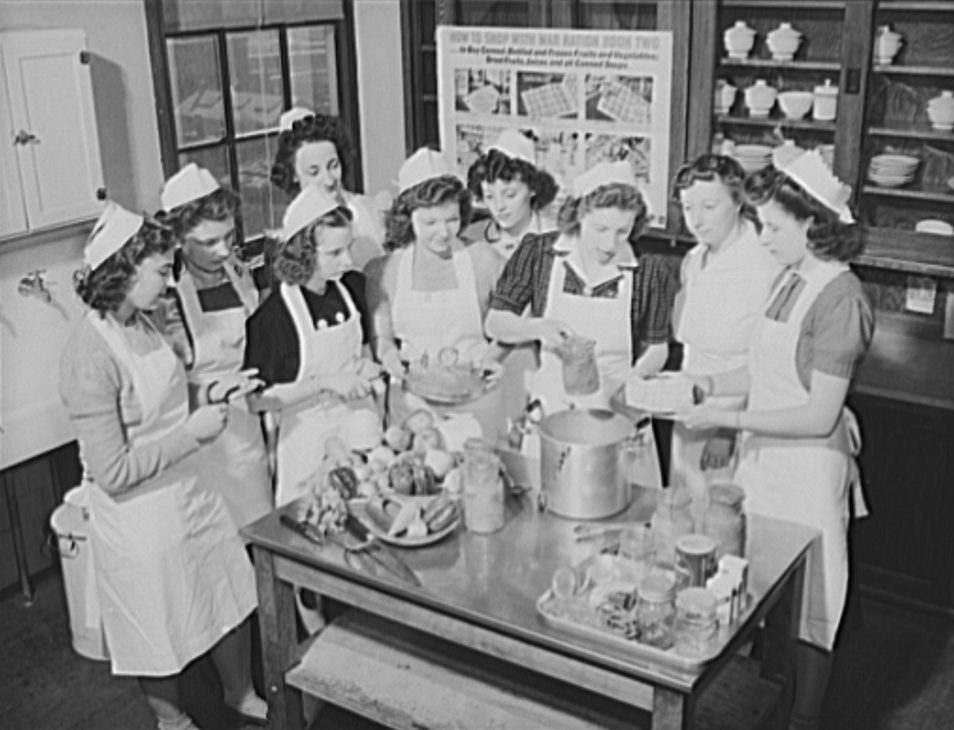Teachers constantly preach how important it is to know Geometry proofs, English literature terms and dates of every battle that the United States fought in. But what about all of the stuff that really matters in day-to-day life?
Students all over can agree that taking classes that will help them with their adult lives can be extremely beneficial. These skills can broaden the resume of knowledge that students will leave high school with.
Home economics (home ec) courses usually involve filing taxes, sewing, cooking various meals, performing child care services and many other real-life tasks.
The class may traditionally be a female-based program, but many schools have evolved the outdated curriculum to a more broad and expansive course that caters to all genders. This class has faded from the basic school curriculum due to the changes in societal beliefs and monetary constraints.
The history of the home economics class dates back to the 19th century when it emerged from a home economics school known as the Boston Cooking School.
By the 1900s, home education blossomed into a widespread class that many schools offered. By the mid-20th century, schools began to incorporate the class by teaching students even more skills, such as finance and nutrition.
Another benefit of the class is how customizable the curriculum is. Teachers can choose between many topics to teach their students lifelong skills. Being able to have students get out of their seats and learn skills that they can take back to their homes that day and use would change the game for students everywhere.
Many students today can attest to the fact that they weren’t properly taught simple tasks when they were younger. Some of these include changing a lightbulb, simple plumbing, sewing a tear in clothing, making simple dishes, and saving money. Having a class where students can learn these tasks would be very valuable.
Many teachers and students have expressed their interest in learning these valuable skills.
Currently, around 6,000 schools in the United States teach the course instead of the class being featured in three out of every four schools in the 1920s. Many districts have wanted to add the class back to their curriculum in recent years due to how evolved and customizable it is.
Studies show a major difference in students’ days when they can get out of their seats and move around. Classes like this and woodshop, for example, allow students to be more hands-on with their learning and break up the normal repetition in their school days. This class would also serve as a way for students to become more independent and knowledgeable in the home environment.
In today’s world, many feel that their children lack the motivation to help around the house and do simple chores for their parents. Instead of having their parents do simple tasks for them, children should be able to contribute to their homes.
This fact complies with the reason why this class seems to be outdated: how different society was when the class began to become recognized and how the class is forgotten today. There are many pros to bringing the class back, and the students would benefit greatly from the addition of the course.


























